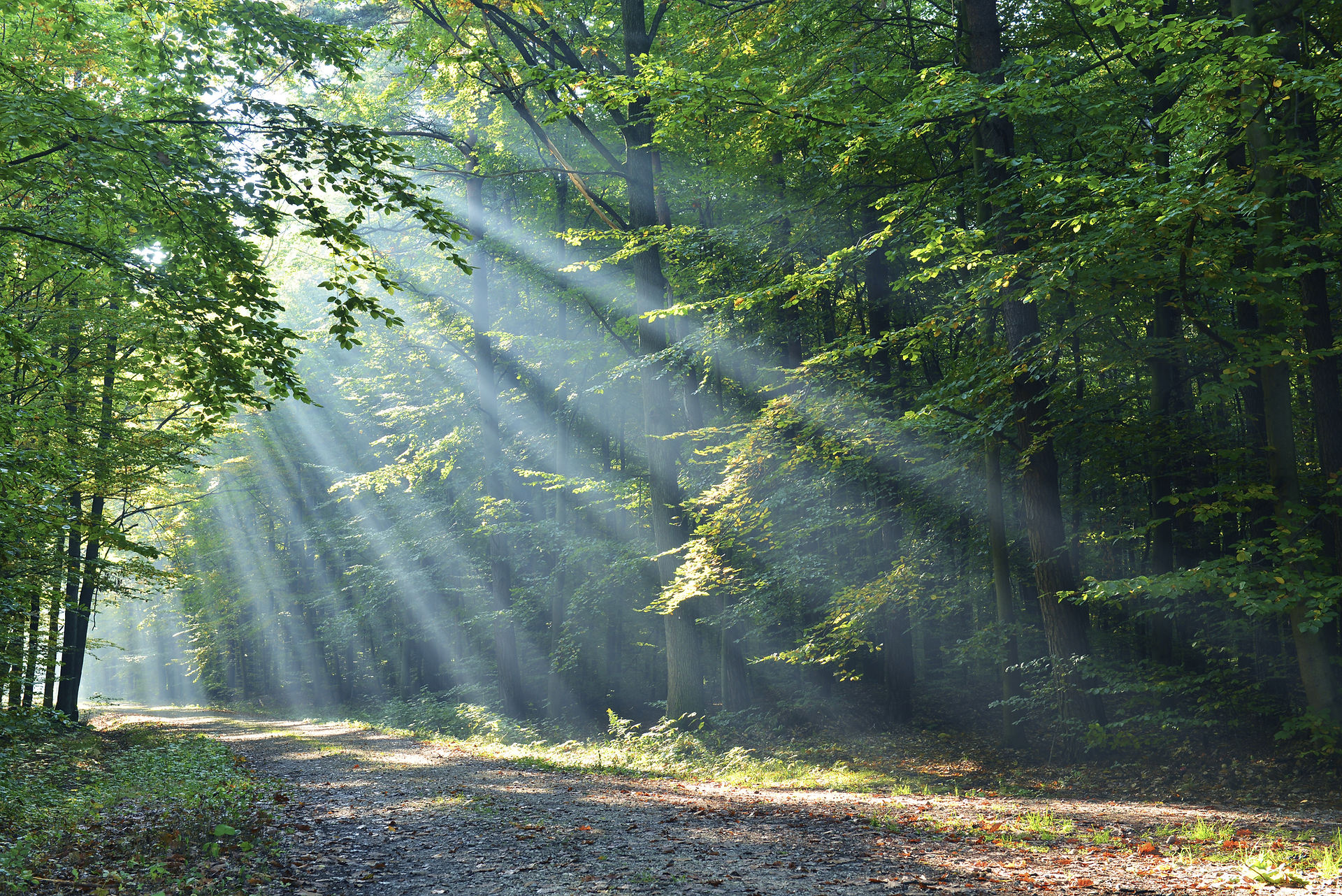- Granny Bonnet

Oooh, Granny does love a good flag! What a brilliant idea to hang 50 of the county flags of England, Scotland and Wales together in Parliament Square to mark Historic County Flags day. What a lovely sight! The display between 23 and 26th July, formed part of national festivities taking place across the country. Government has just made it easier for local authorities to mark its boundaries with road signs and to fly county flags whenever possible without having to apply for strict planning permissions and I for one, hope it generates much interest.
Here in East Anglia we have some lovely flags though I am a bit miffed that the lovely red heading (chief) on Norfolk County Council's arms has been left off the new county design. I think visually they've missed a trick though it seems according to the official information below that it was quite a late addition to the arms.
Among the fifty flags displayed there were some new designs but in the main, they are flags previously associated with their counties and often have links to prominent families that have helped shape a particular region such as Norfolk.
NORFOLK: This design is the banner of the arms attributed to Ralph (Ranulph) de Gael (de Guader), first Earl of Norfolk (1071-1075). The de Gael banner has been used to represent the county throughout the centuries and forms the basis of many county society emblems. In 1904 the de Gael arms formed the basis of the county council arms, however the red chief with royal emblems were added by request of King Edward VII.
The SUFFOLK flag features the crown and crossed arrows attributed to St Edmund. St Edmund was a King of East Anglia who was shot with arrows by vikings, thus explaining the elements of the emblem. At the time the East Anglian capital was in Suffolk and after his death his saintly cult was based in Bury St Edmunds within the county. Over time his emblem has served to become an emblem of the county itself.
The three gold crowns represent East Anglia, in which CAMBRIDGESHIRE is located. They are placed against a blue field which is the same shade used on the East Anglia flag. The wavy lines represent the River Cam and are in the colours of Cambridge University.
And finally, my own birth county of Essex, a very brief description but these are the arms that used to be displayed on my junior school and which impressed me even at that tender age.
The flag of ESSEX is ancient in origin and features three Saxon seaxes on a red field.
Heraldry is so colourful and so full of intrigue, power struggles, war and peace. A very complex subject run under the very strict rules of arms and overseen by the College of Arms in London, founded in 1484 and ever since then has created and maintained official registers of coats of arms, pedigrees and much, much more.
By the way, a vexillologist is a person who studies flags and the word is a synthesis of the Latin word vexillum (flag) and the Greek suffix-logia (study).One who designs flags is a vexillographer, and the art of flag-designing is called vexillography. One who is a hobbyist or general admirer of flags is a vexillophile. You should be able to dine out on that information!










